
In India, potato is the most widely grown crop. Potatoes thrive in cold, temperate climates and need chilly nights, well-drained soil, and sufficient moisture levels to develop. A warm, tropical climate is unsuitable for potato cultivation.
Many different pests and diseases can damage the potato (Solanum tuberosum). Infestation and the transmission of pests and diseases through the soil or tubers left in the bed are frequently caused by replanting the nutrient-rich tubers in the same location. Therefore, give each bed of potatoes a 4- to 5-year culture gap before and after planting. We provide a summary of the most prevalent potato diseases and pests in this post, along with information on how to avoid and eliminate them.
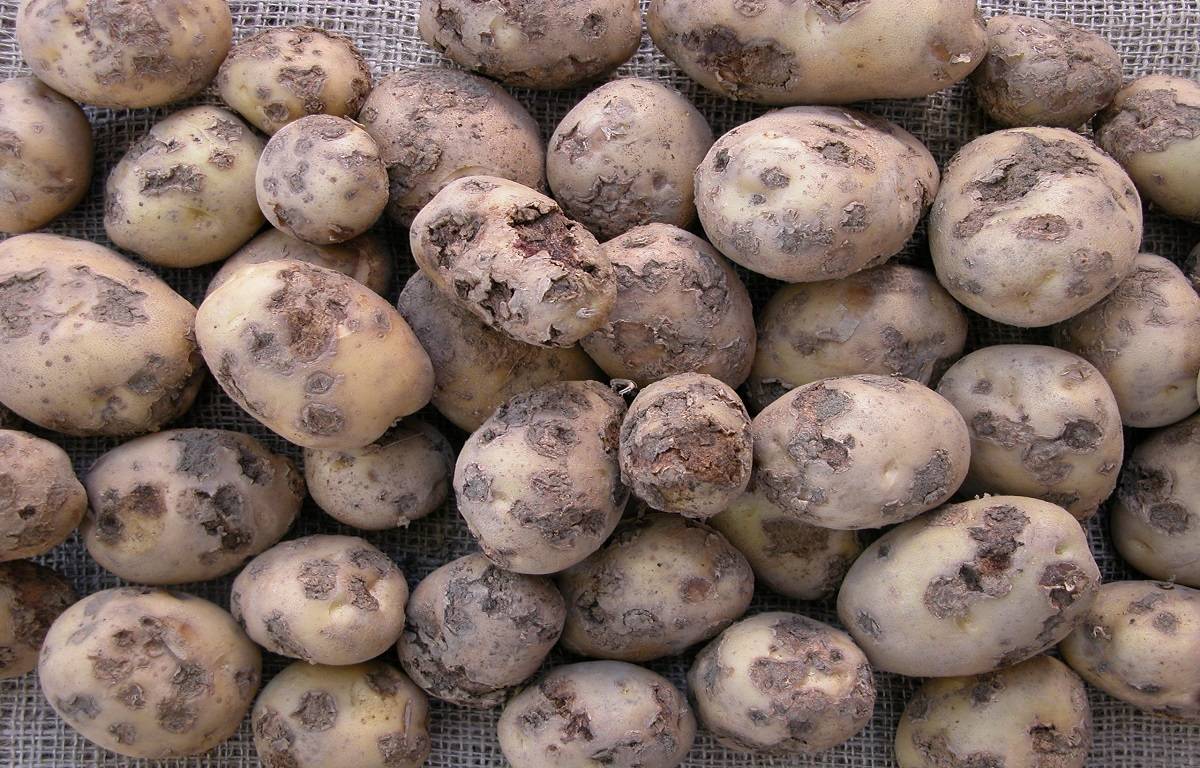
Common Diseases and Pests in Potato Cultivation
Common Scab
From June through July, this fungus (Streptomyces scabies) attacks the potato tuber naturally, mainly in dry, chalky soils. The tubers develop corky sores on their surface, often with web-like fractures, when they are infected, but spores are not produced. Potato scab solely affects the appearance and has no impact on taste or yield.
The simple solution to preventing potato scabs is to plant resistant types. In addition, the pathogen is opposed to healthy soil life. Before planting the potatoes, avoid adding lime to the soil.
Late Blight
This disease, which is often referred to as potato blight, is spread by oomycete fungus (Phytophthora infestans) that overwinters in diseased tubers left in the ground. Depending on the weather, the first symptoms start to show up towards the end of June. The potato plant's leaves develop yellow spots that quickly get darker, and the underside of the leaves develop a fungal layer that is greyish-white in color. The entire plant eventually contracts an infection and perishes. The tubers grow hard, indented areas that are grey-blue; the tissue beneath the skin is rigid and has a dark brown discoloration.
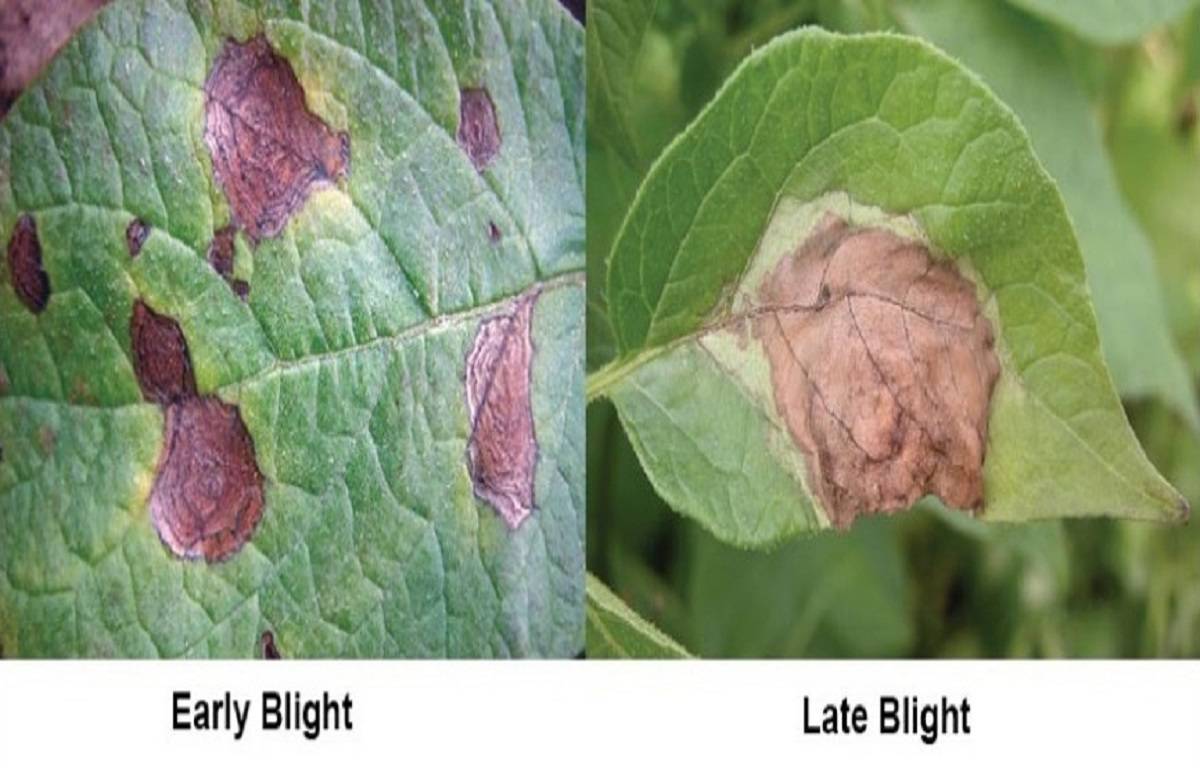
Early Blight
This disease is fungal and caused by Alternaria solani, which mostly affects late potato types. On the older leaves, which are prone to breaking off, clearly defined, rounded, brown markings start to form in June. On the tuber, hard tissue and depressed, brown patches appear.
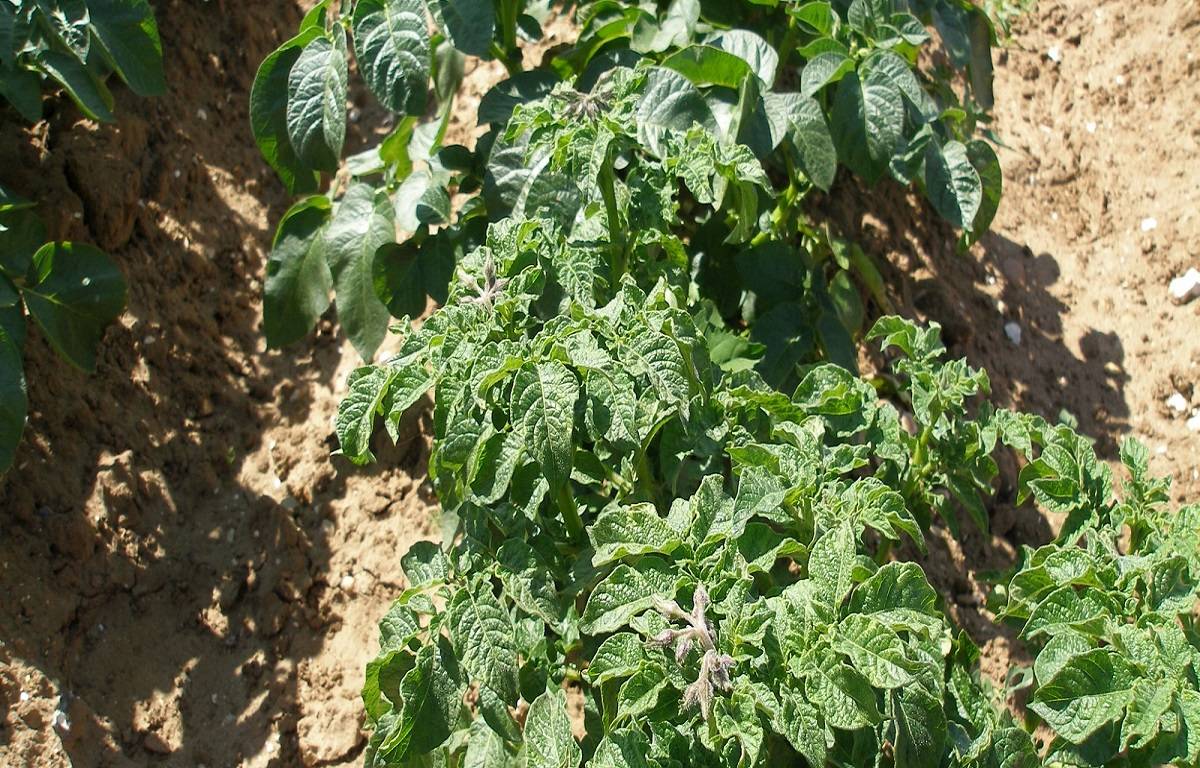
Potato Viral Diseases
Pests, especially aphids (Aphidoidea) and certain nematodes that damage plants, are the principal vectors for the transmission of viruses on potatoes (Trichodorus and Paratrichodorus). They result in 10 to 80% of yield losses, leaf complaints, and growth abnormalities. Crop rotation, certified seed potatoes, and using resistant cultivars are effective preventative strategies. Viruses can also spread when plants are damaged by hoeing, earthing up, or other gardening techniques. Infected plants should be removed right away while the tubers are still edible.
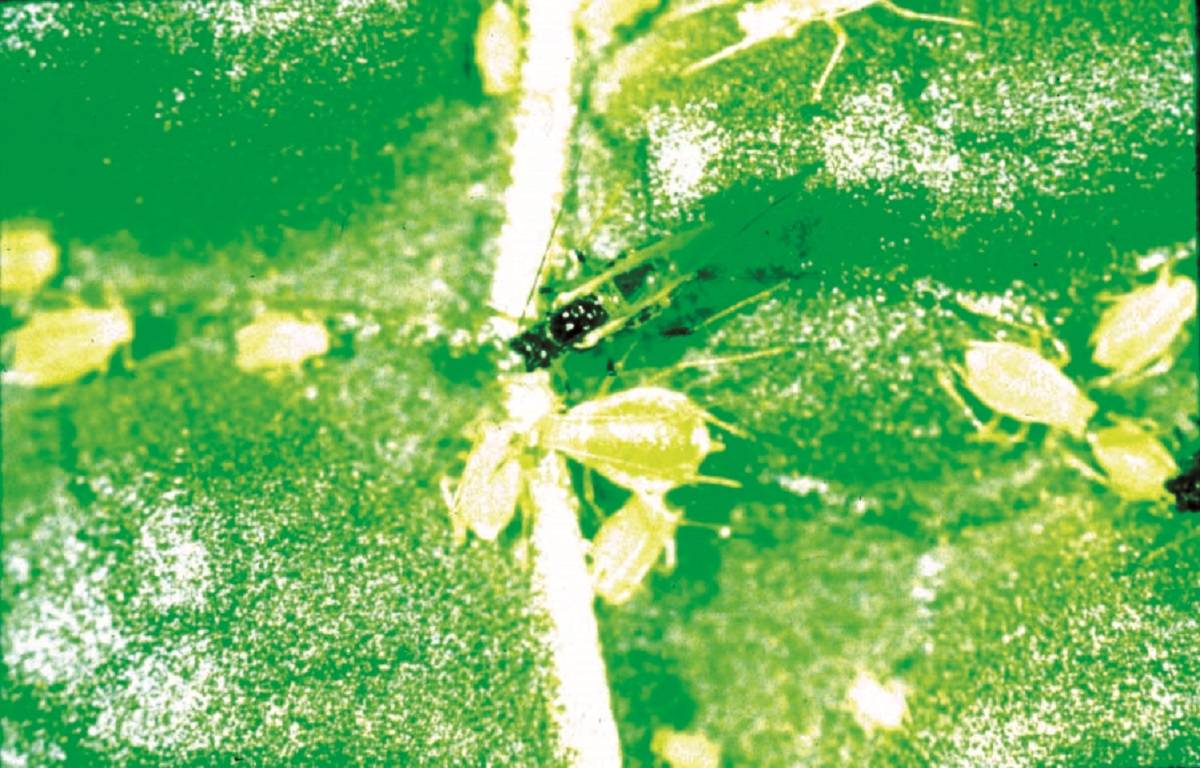
Aphids
Although tiny, aphids can harm plants by sucking liquids from the underside of the leaves of potato plants. These insects that reproduce quickly also spread viruses from plant to plant.
Aphids directly harm plants by piercing them and sapping their fluids. They harm tender, immature plant components including new leaves and branches. Damaged leaves won't open fully and will be reduced in size. Shoots can droop and dry out in cases of severe infection.
Indirect harm can be done by aphids carrying viral diseases which they have acquired from sick plants and can fly from plant to plant transmitting them. A sugary liquid that is secreted by aphids encourages the formation of black sooty mold. It can coat the leaf's surface, which might change how they absorb the sunlight.
Lady beetles (adult and larval), lacewing larvae, syrphid larvae, and parasitic wasps are only a few of the aphids' natural enemies. These predators have a great deal of potential for managing and lowering aphid populations. However, pesticides are extremely toxic to these predators. Therefore, gardeners should aim to limit the number of insecticides they apply while managing

Flea Beetles
Small (1/25 to 1/16 inch long), often dark (black with no stripes, black with two yellow bands on the wing covers, or metallic) chewing insects, flea beetles are about the size of a pinhead. They have larger rear legs, which they use to leap in long, swift "flea-like" leaps when startled (hence their name).
Under plant detritus, adult flea beetles spend the winter in or close to fields. When the temperature reaches 68°F, they are active in the early spring, feeding on weed seedlings.
The potato leaves develop little holes from the adult beetles' chewing, giving them a shot-hole look. Damage is typically not economically significant unless beetle populations are extremely high (2 beetles/sweep with net). However, several pesticides can be used to control the population if there is adequate defoliation. The majority of pesticides used to manage CPB or potato leafhoppers will also control flea beetles.
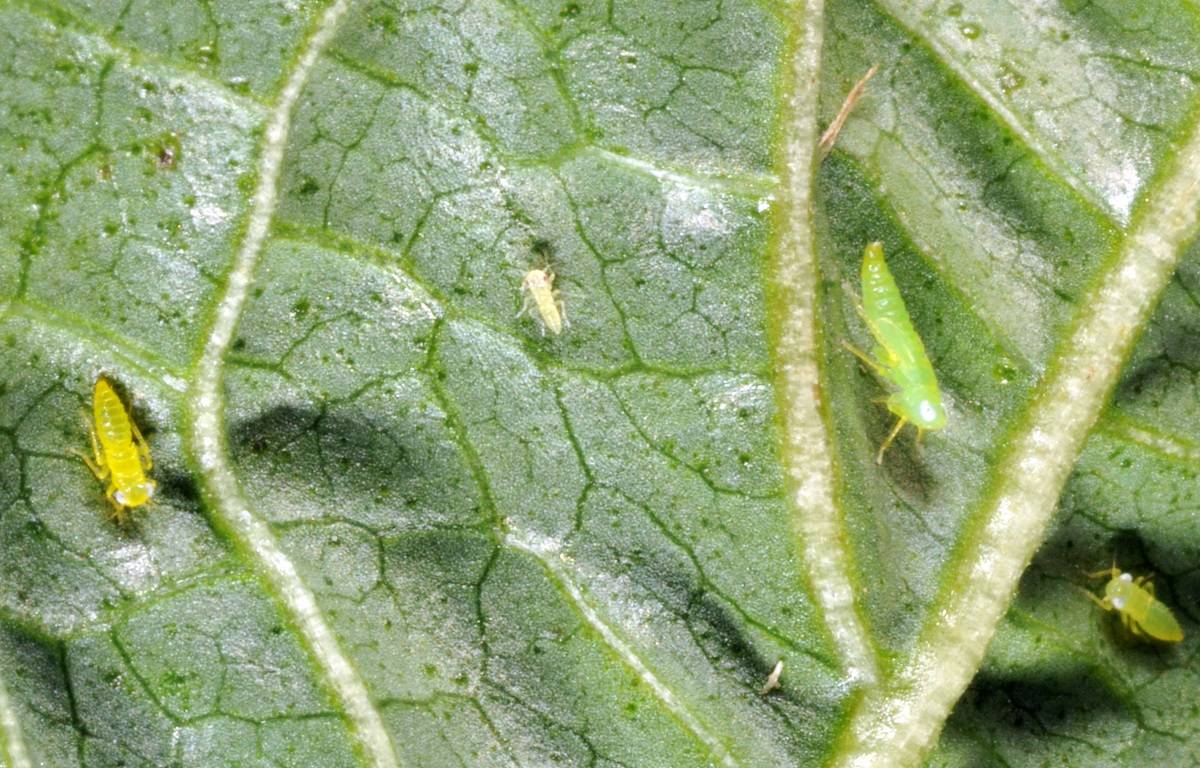
Leafhoppers
When leafhopper adults and nymphs harm leaves by sucking the sap on the underside, the result is a condition known as "hopper burn." The leaves curl as a result of a poison released by the leafhoppers as they eat, which is sometimes mistaken for plant maturation. Reduced yields and stunted plants can also result from hopper burn. As a result of their intense attack, Jassid nymphs and adults sucking plant sap, the leaves curl, turn pale, bronze, and dry up.
Although they are hard to notice, potato leafhoppers are simple to manage using pesticides. However, because the yield has already been lowered by the time indications of leafhopper damage (i.e., hopperburn) show up in the field, producers shouldn't wait till then. When growers locate one or more nymphs for every ten leaves, they should treat them. Starting in mid-to-late Can, keep a sharp eye out for leafhoppers in the fields.











